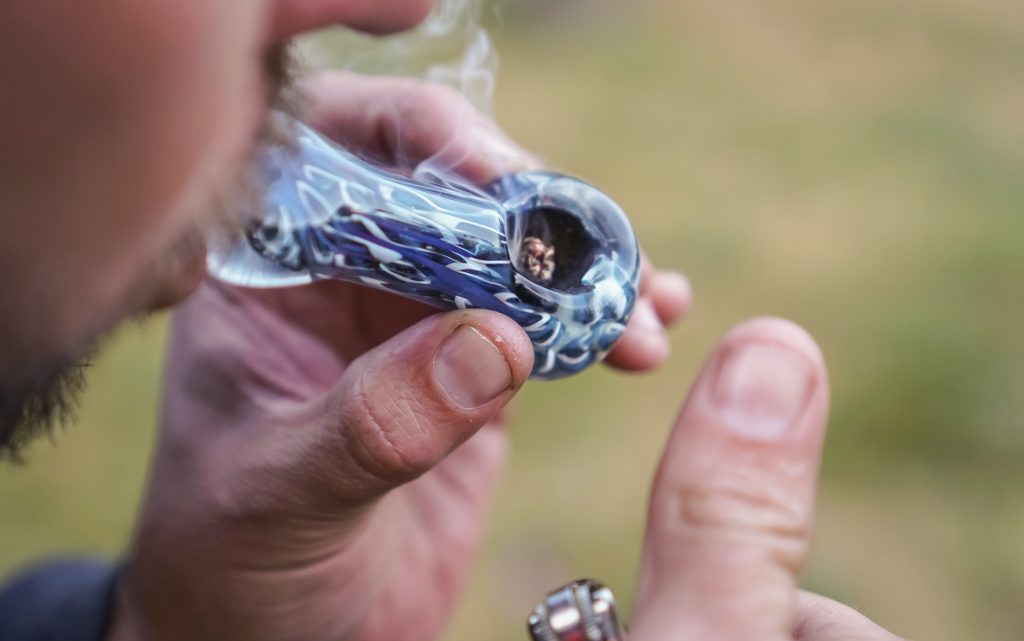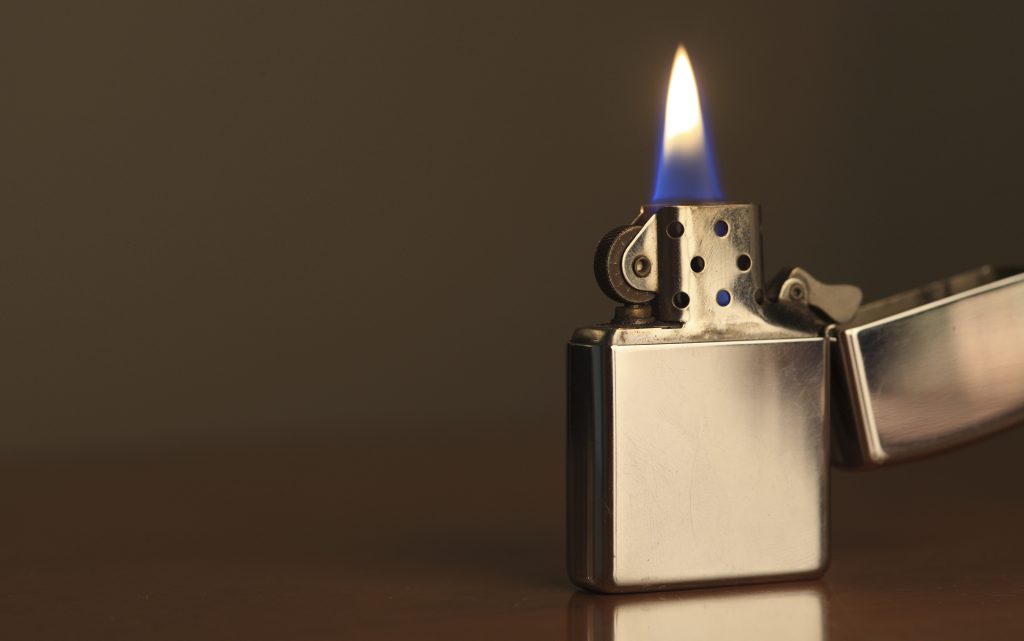It doesn’t take much to experience an enjoyable cannabis smoking session — some fine cannabis flower, a smoking apparatus with the appropriate heating mechanism, and perhaps a grinder are all that are really needed. Once everything is ready to go, however, there are a few variables that still may go awry, such as your cannabis burn rate.
The rate at which cannabis burns can seriously impact the pace and mood of a smoking session. Cannabis that burns slow may be desirable to some, but a too-slow burn can become a nuisance. A quick burn can be nice if time is of the essence, but not so much when looking to kill some. Of course, nobody likes an uneven burn, either, and when it comes to joints and rolled cannabis, inconsistency can be the kiss of death.
But how do you make sure your cannabis will burn slower, faster, or at whatever your desired burn rate may be? There is a myriad of factors that can potentially impact cannabis burn rates, so let’s try to make sense of some of the important variables.
Moisture and Cannabis Burn Rates
Moisture content is going to be the number one influencer of a cannabis burn rate. The why and how are both equally important when it comes to moisture and cannabis. Conditions during cultivation, harvest, cure, packaging, transportation, point of sale, and storage will all impact the flower’s moisture content, which will fluctuate until your flower combusts.
As flowers are harvested and cured, moisture is constantly being drawn out. The rate at which this occurs is contingent upon factors such as ambient temperatures, humidity, and airflow. This process slows considerably during a cure, even if stored properly after the fact. Nevertheless, cannabis is always in a state of losing moisture. Drier cannabis will combust quite a bit faster than flowers still containing moisture. Ideally, cannabis with a moisture content between 3%-8% will have the most desirable burn rate.
The Impact of Airflow When Smoking Cannabis

Whether you’re packing a bowl or rolling a joint, airflow will be decisive in achieving a desirable burn. As a general rule, more airflow usually equates to a faster burn and vice versa, although there are a handful of factors that influence this.
One major influencer of airflow is the manner in which flowers are broken down in preparation for consumption. Breaking apart cannabis by hand as an alternative to a grinding mechanism may result in an uneven consistency, thus compromising the burn rate. Alternatively, grinding flowers prior to smoking will create a homogenous product that will burn much more evenly.
In most cases, packing bowls too tight will result in a loss of airflow and thus a slower burn. Furthermore, breaking apart a dense nug and placing it directly into a bowl for combustion will also result in a slower burn.
Airflow becomes a much larger issue when it comes to rolling. Achieving the perfect burn on a joint, blunt, or spliff comes down to balance and finesse. Aside from perfectly cured and ground flowers, one must roll in a way to promote airflow without creating pockets or obstructions in the process.
An even burn on a joint is as equally contingent on preparation as it is on starting material. Where there are machines now that can deliver perfectly packed and rolled joints with ease and efficiency, properly hand rolled artisan cones can deliver an equally enjoyable burn and should be praised for their craftsmanship.
Other Variables That Impact Cannabis Burn Rate

Several other factors have the ability to impact burn rates as well. For instance, a proper heating mechanism is crucial for achieving an even burn. The application of too much heat can cause an undesirably quick burn, whereas softer and less invasive heating mechanisms may allow for a softer and slower burn. Uneven applications of heat, such as that of a hastily lit joint, will subsequently burn less even. Additionally, “party bowls” to be shared with multiple people are often lit carefully in fractions to allow everybody a taste of a fresh green hit as opposed to an ashy one.
Examples of various heat sources include:
- Lighters
- Hemp wick
- Heat wand
- Vaporizers
- Torches
Inhalation rates will also inevitably impact a burn. Smaller “snaps” on a bowl may burn completely and instantaneously with just one application of a heat source. Conversely, a joint will burn continuously, with its burn rate contingent on how frequently it’s being inhaled.
Now that you’re familiar with the various factors that can impact your cannabis’s burn rate, you’ll have a better understanding of why your flower is burning quickly (or slowly) during your next smoke session. Burn wisely, my friends!
